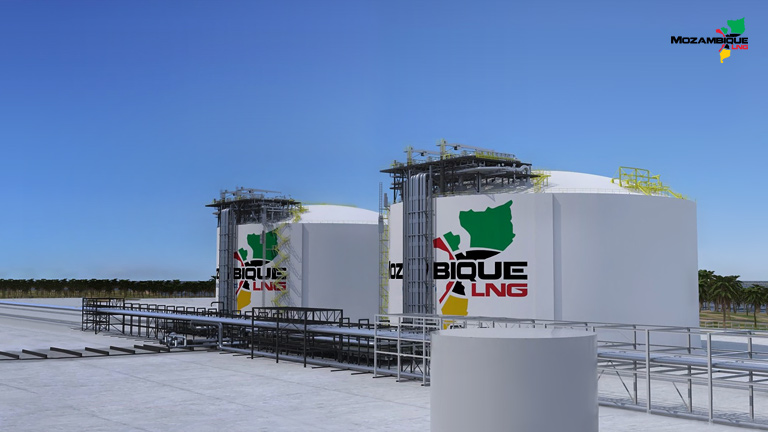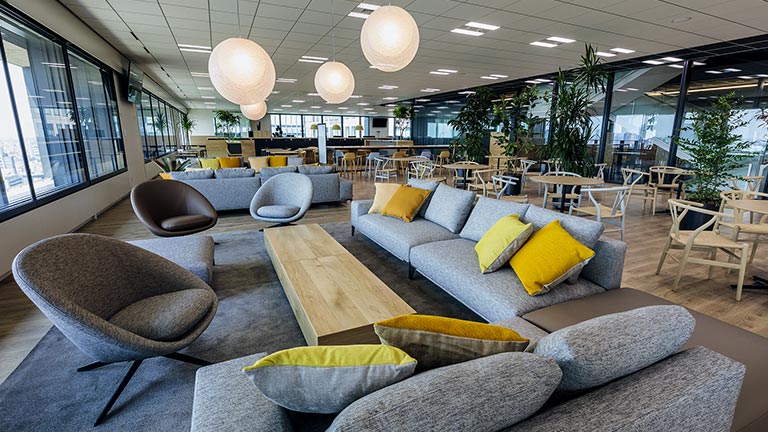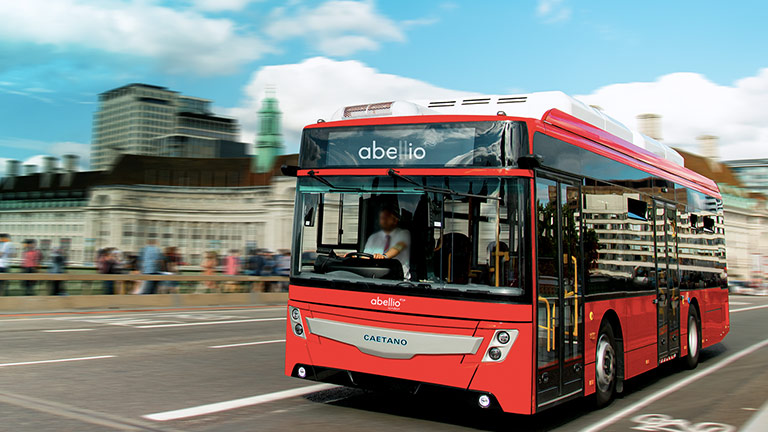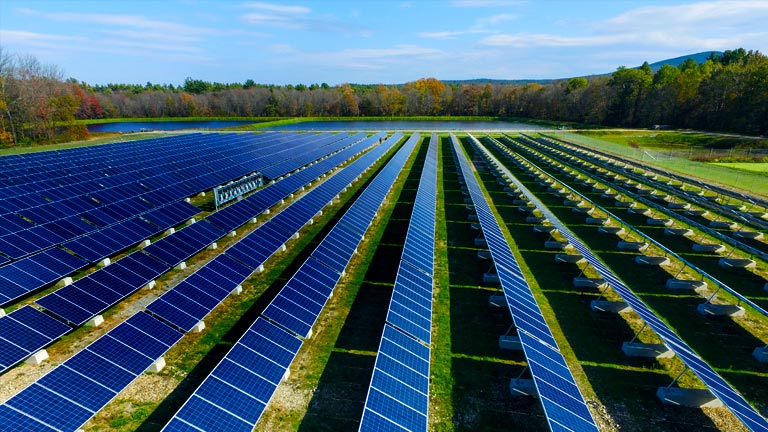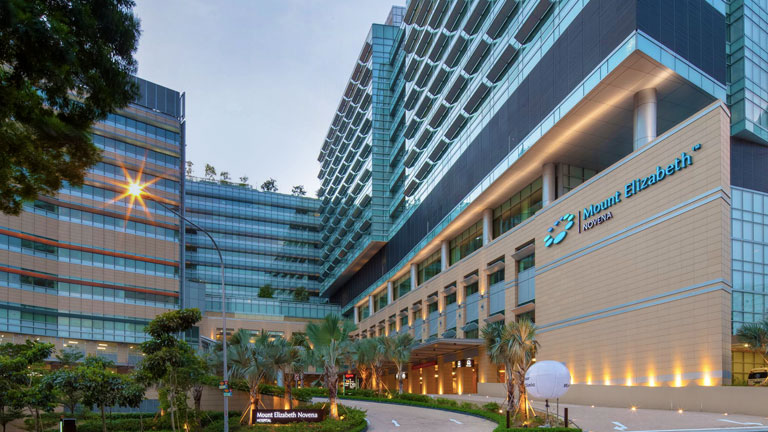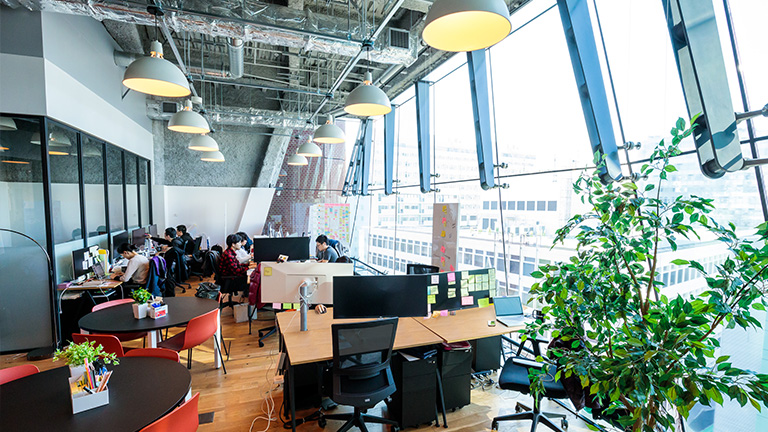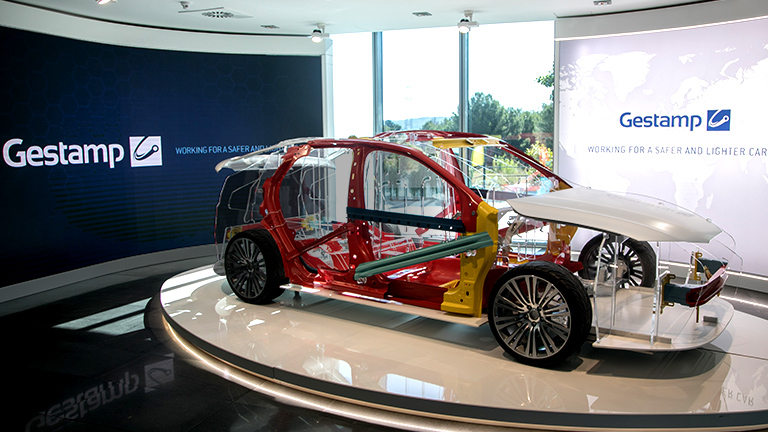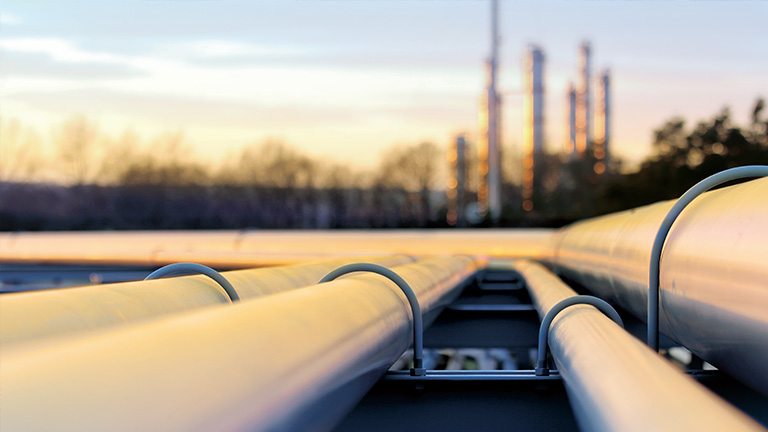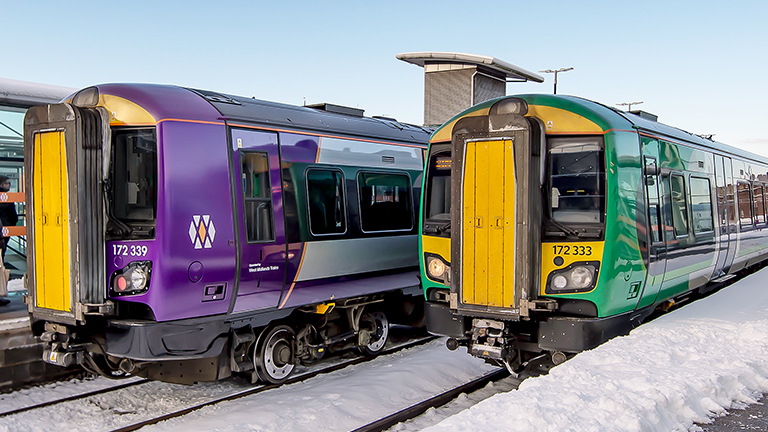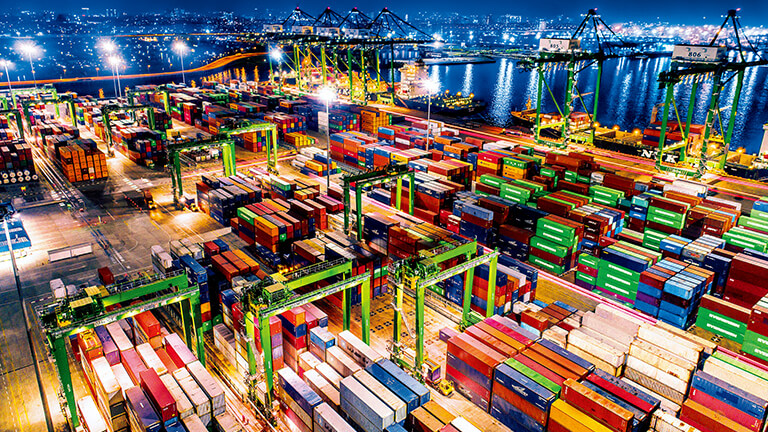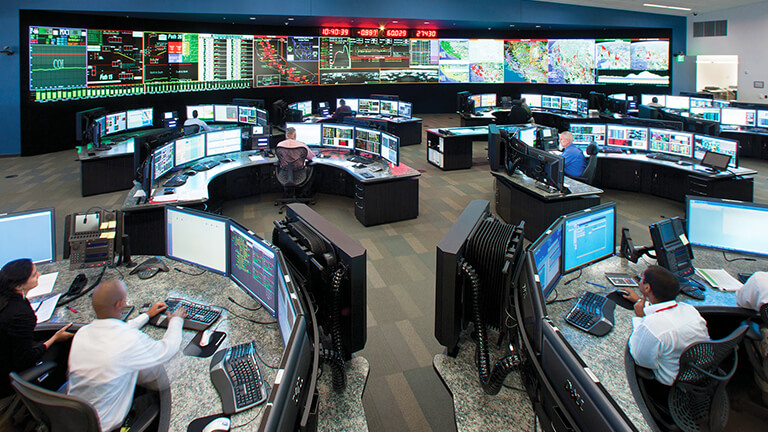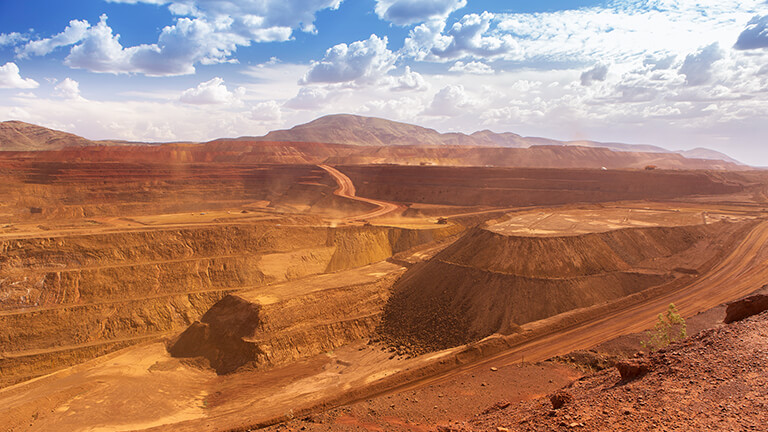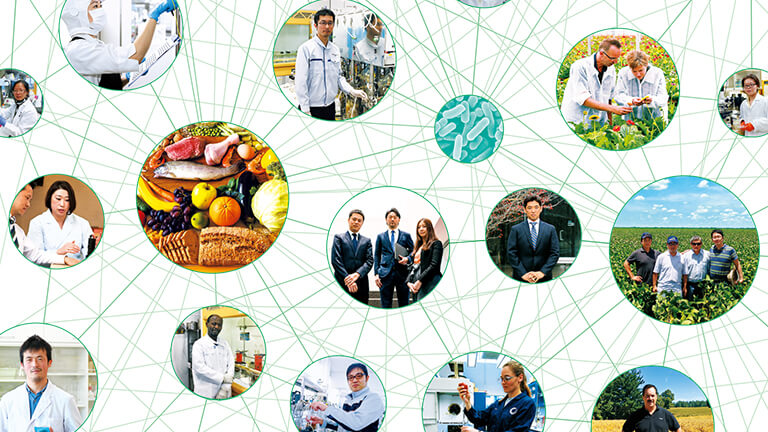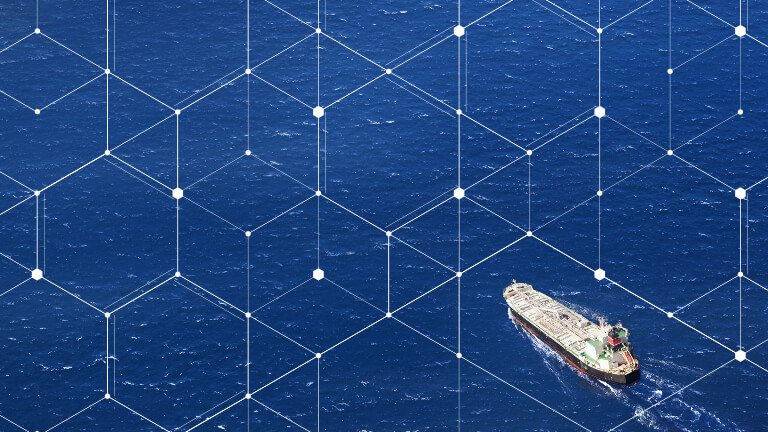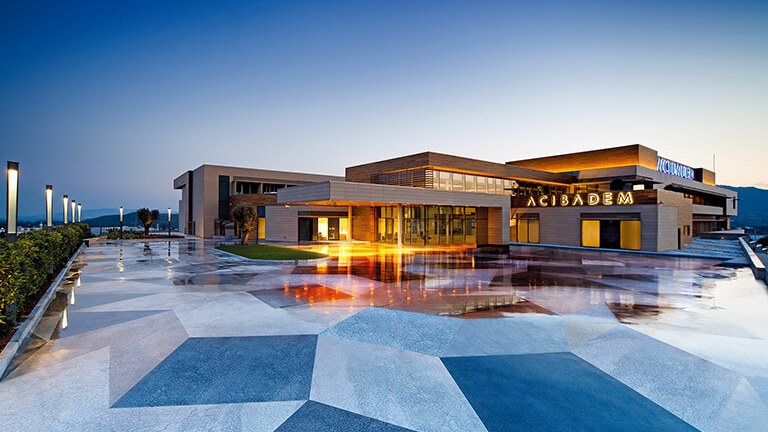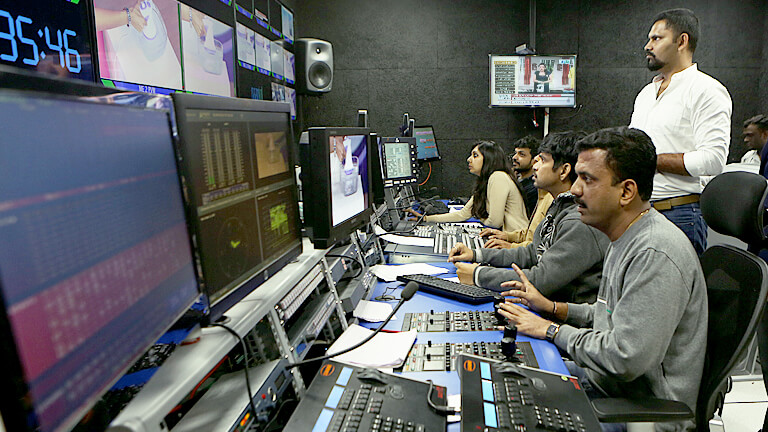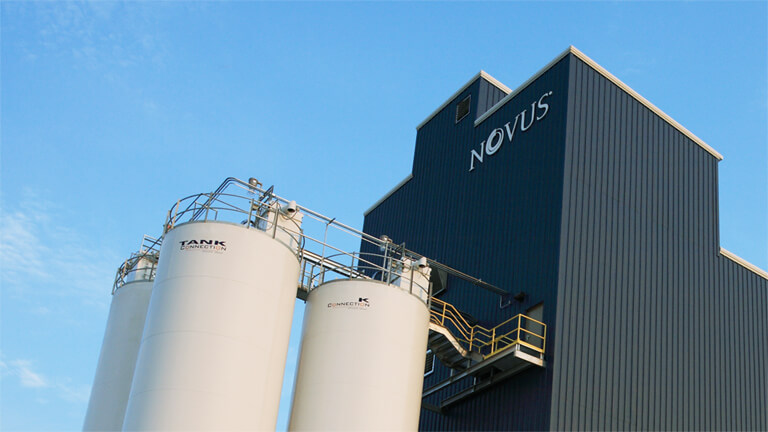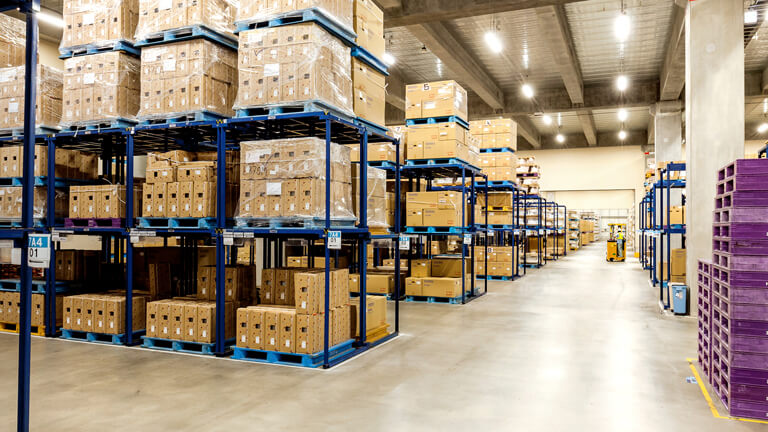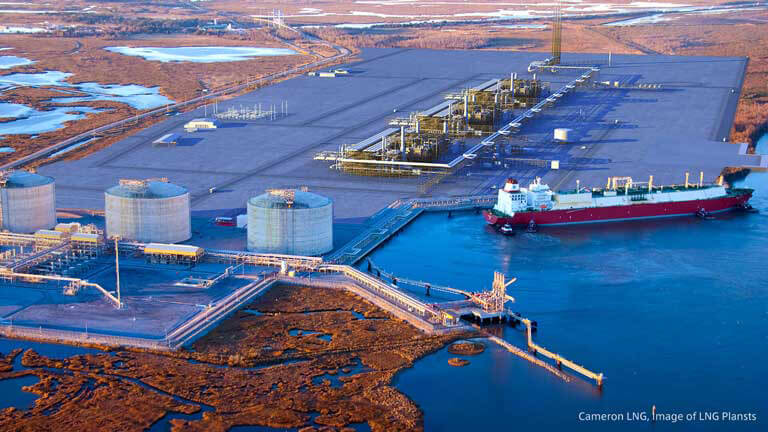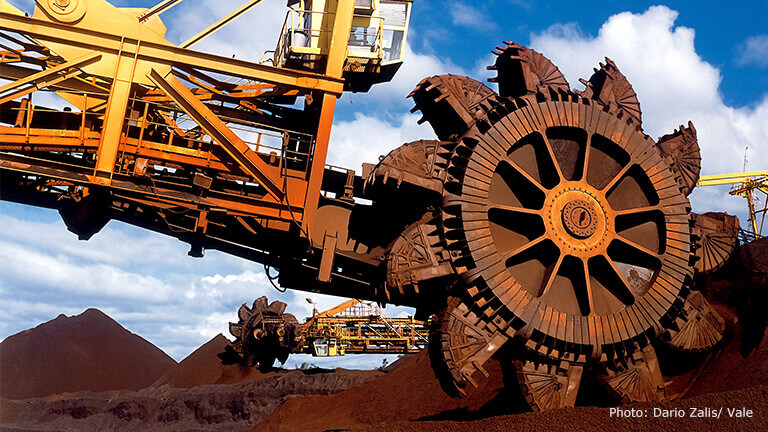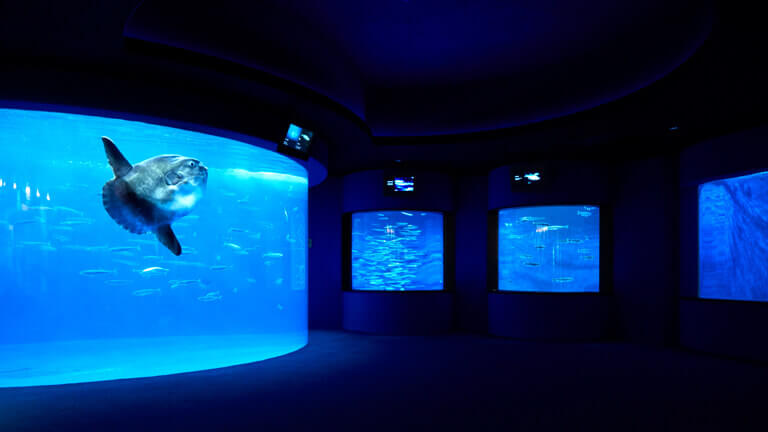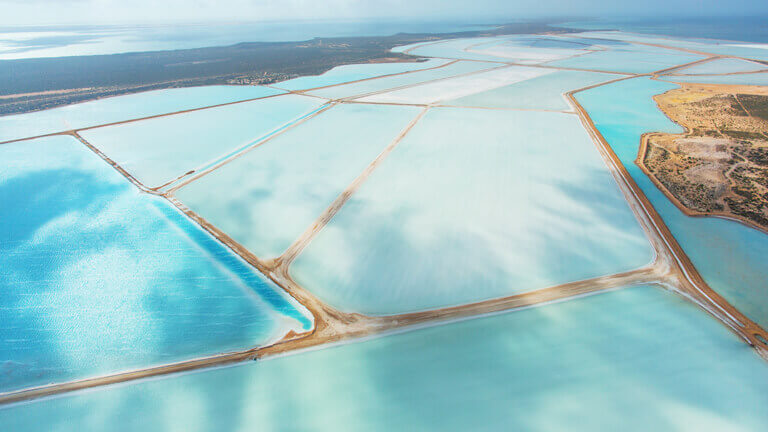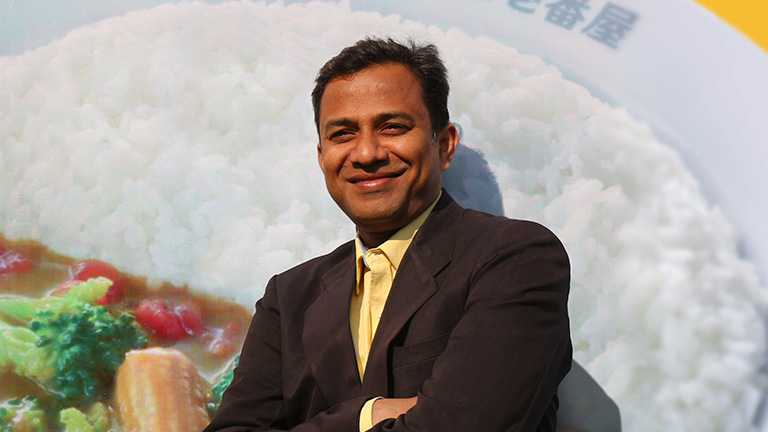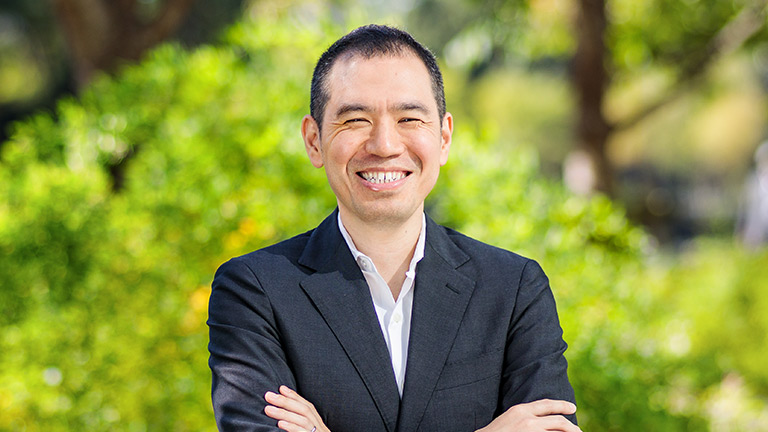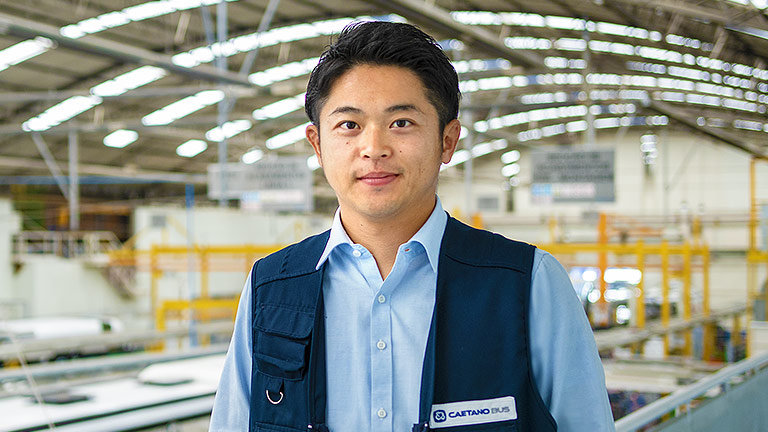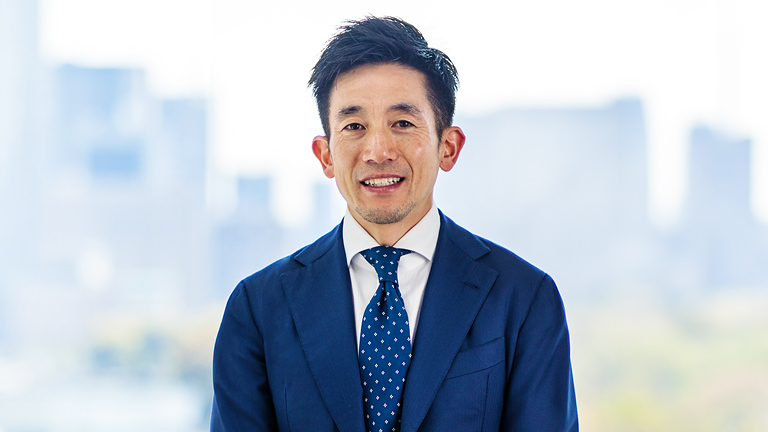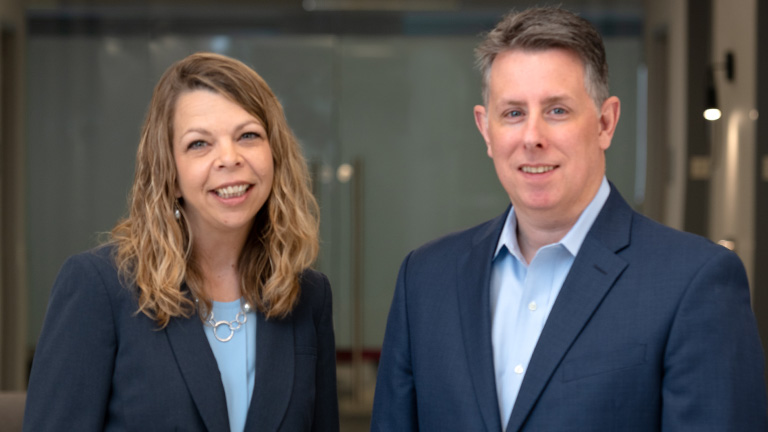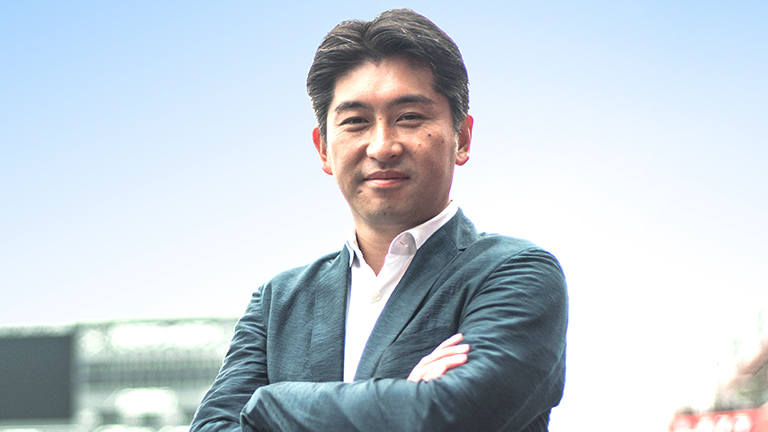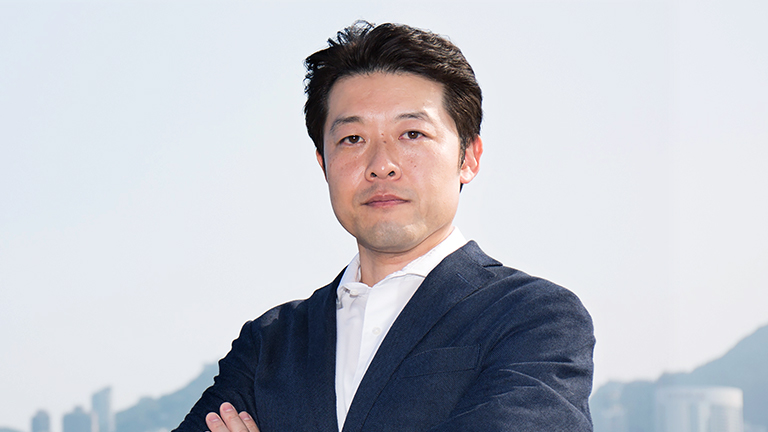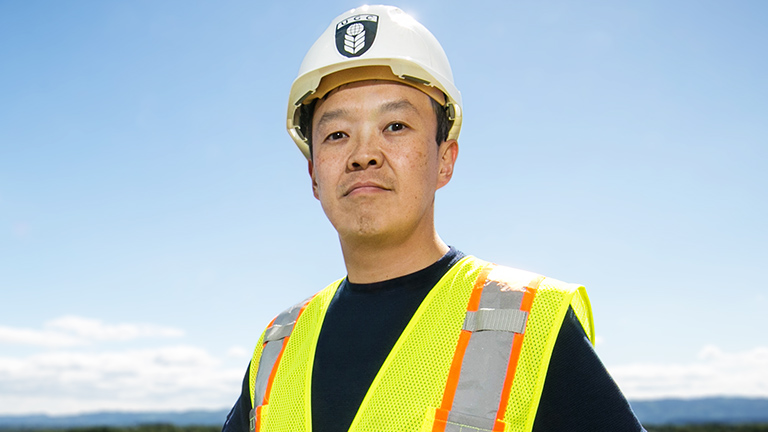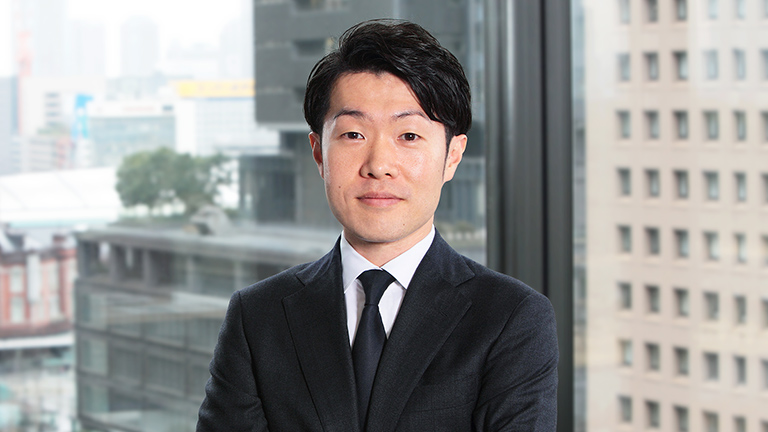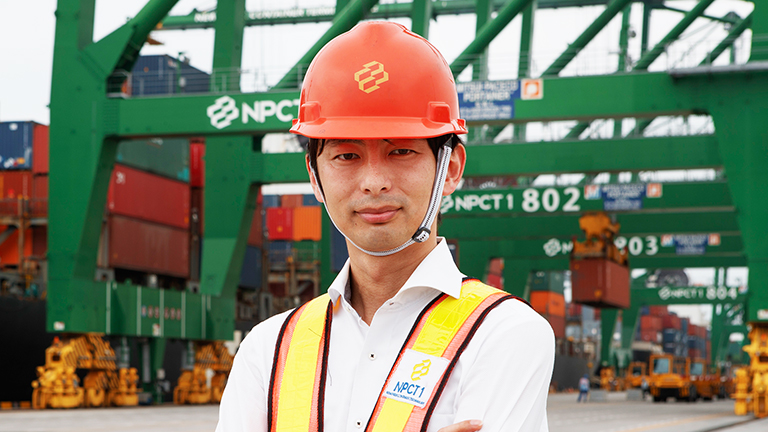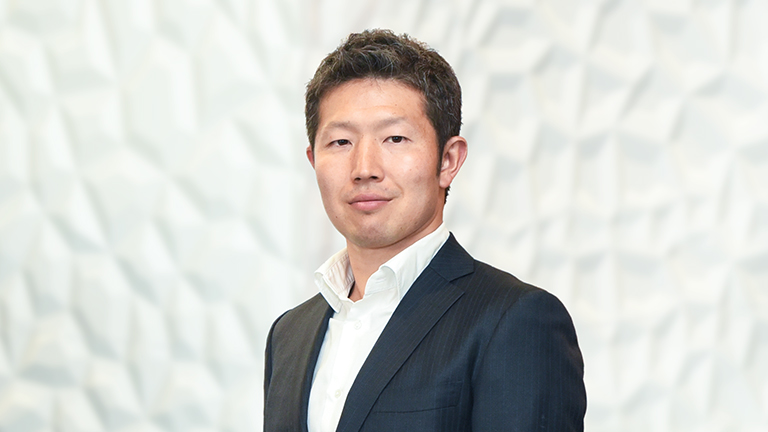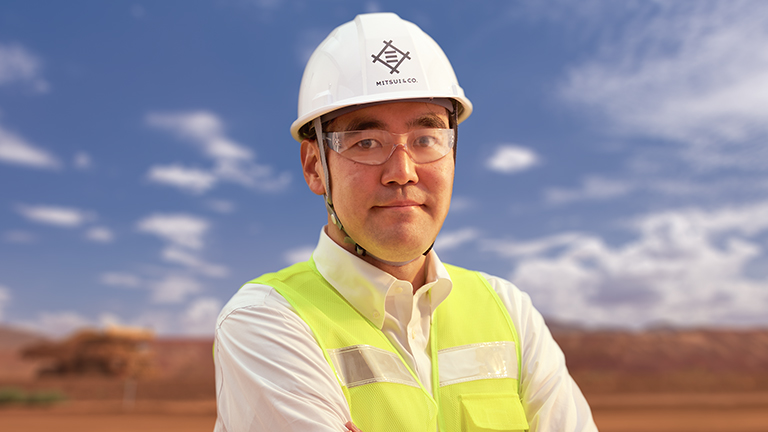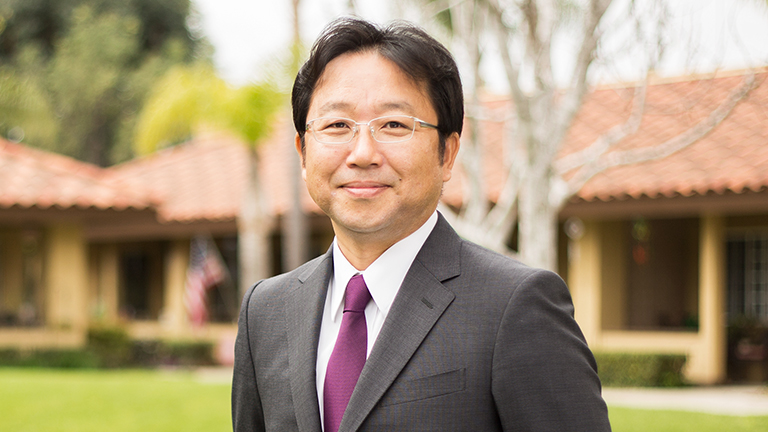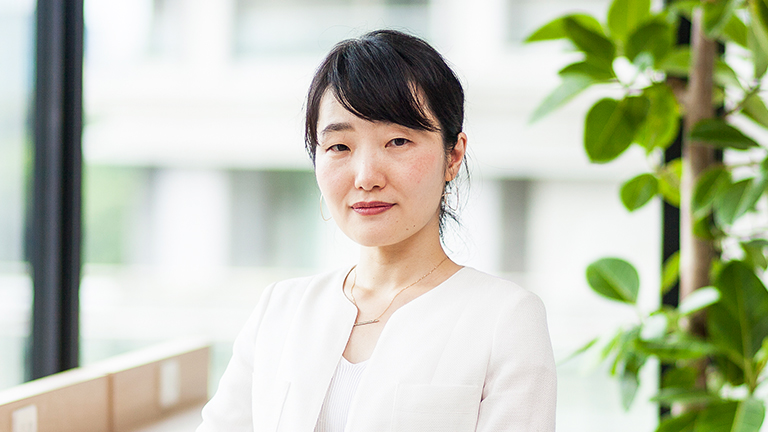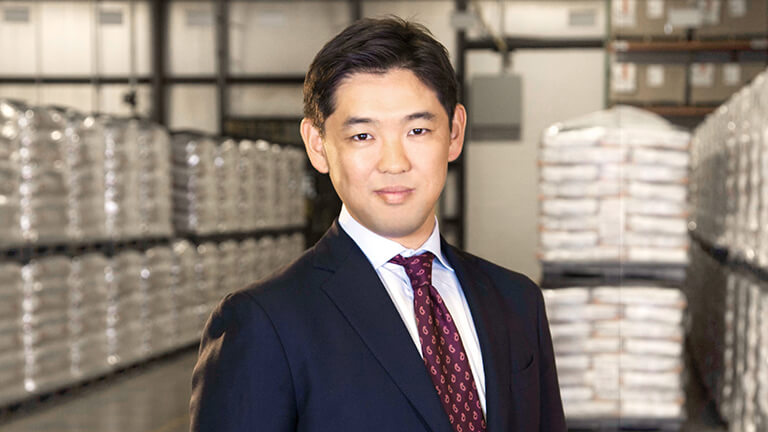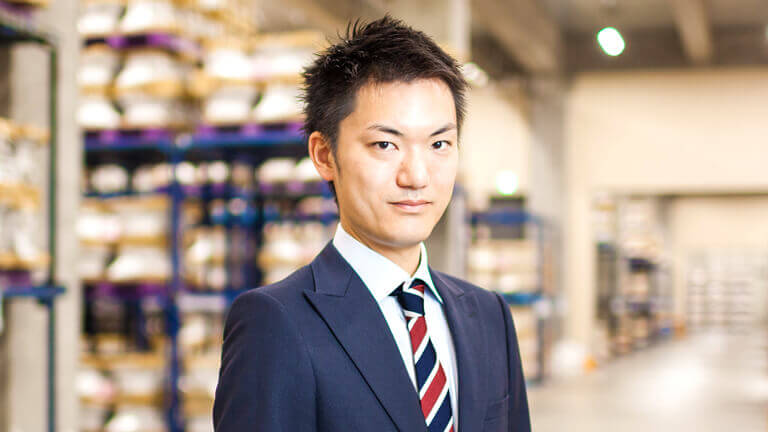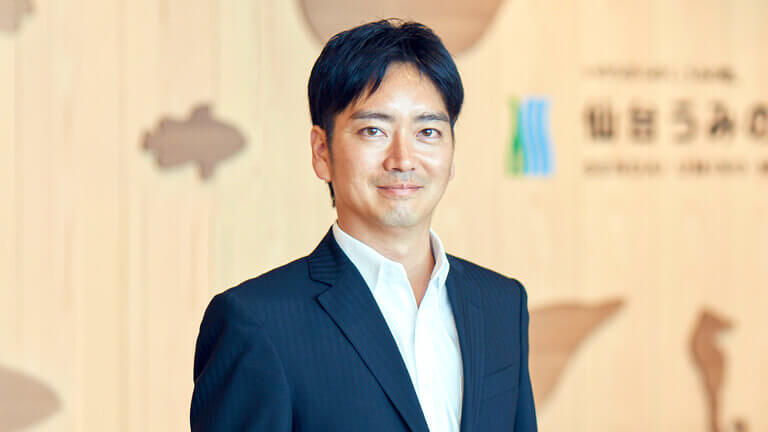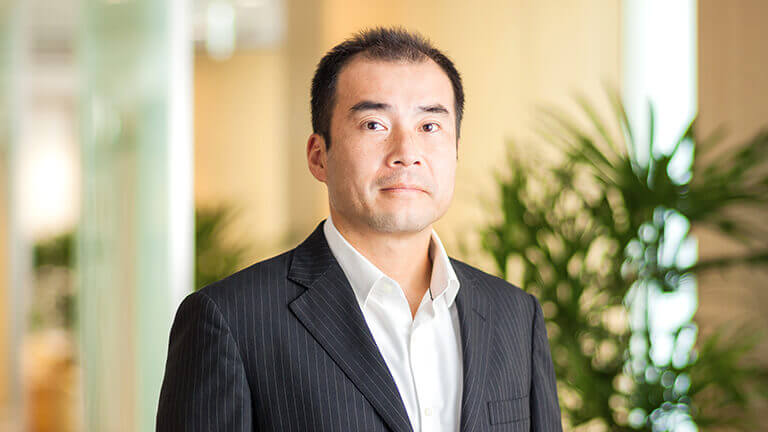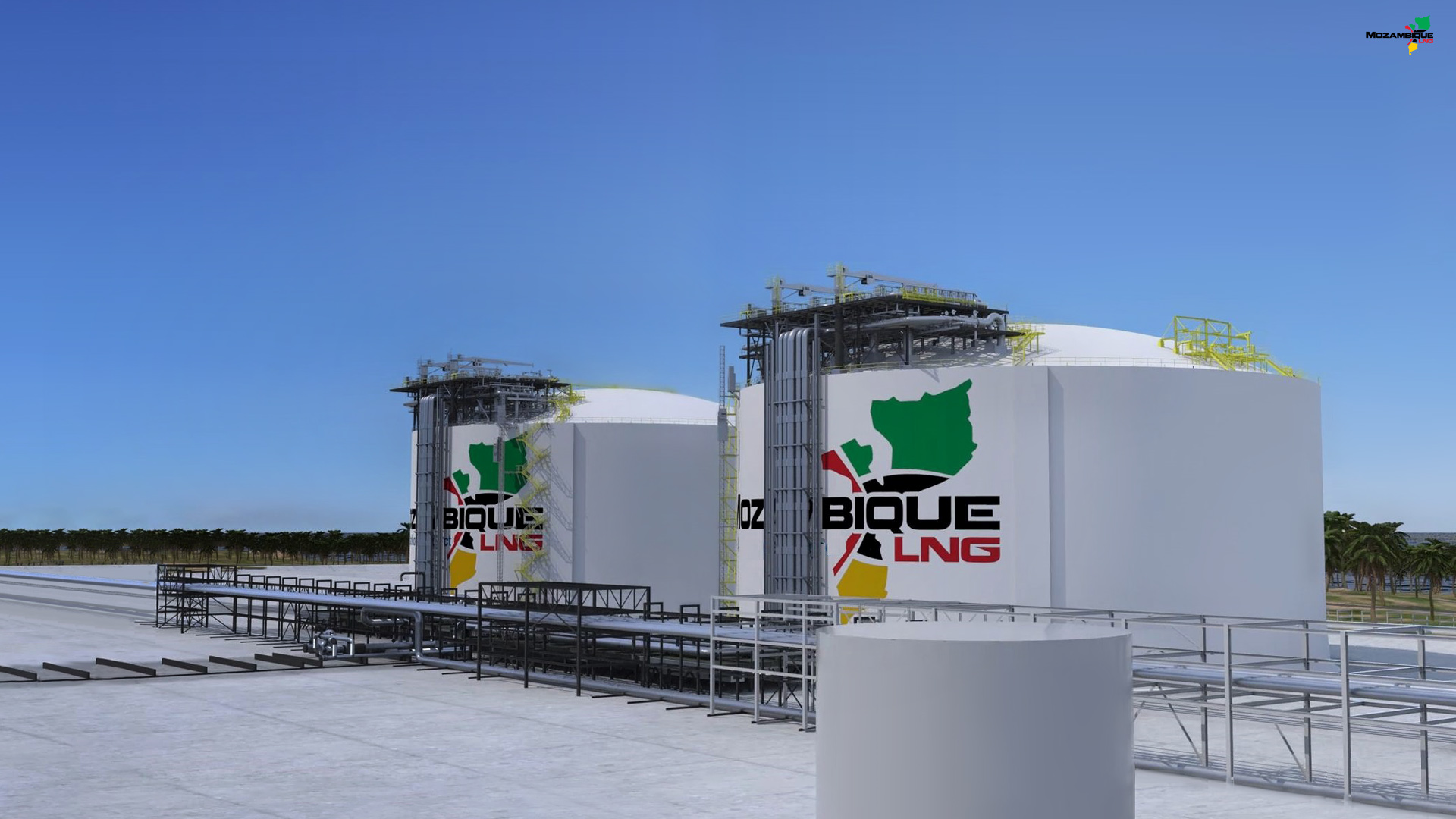
Business Innovation
The Mozambique LNG Project: An energy resource for the world of tomorrow
Mitsui and its partners made the final investment decision for the Mozambique LNG Project in June 2019. One of the largest natural gas reserves discovered anywhere in the world in recent years, it will be transformational for Mitsui, host country Mozambique, and the global energy system. Generating more energy with less environmental load is the new global energy challenge. The Mozambique LNG Project is Mitsui’s answer.
Mitsui divides its business into seven segments. Energy is a core segment and the numbers show why. In fiscal 2019, Energy accounted for 15 percent of Mitsui’s net income and 36 percent of the company’s operating cash flow, well ahead of any other segment.
Now, as anxiety grows about global warming and air quality, the pressure is on to switch to an energy source able to meet the needs of a global population heading for 8 billion while also being clean enough to keep climate change in check.
Mitsui sees liquefied natural gas (LNG) as the answer to this dual challenge. First, there are ample natural gas reserves around the world; in addition, it produces less pollution (no sulfur dioxide and much less nitrogen oxide) than other fossil fuels.
Developing energy at the frontier
Mitsui has a long history in the natural gas arena. The company went into oil and gas exploration and production (E&P) in 1958 and entered the LNG business in the 1970s. Mitsui’s LNG portfolio now consists of 11 projects in nine countries covering Africa, Asia, Australia, the Middle East, the United States and Russia, and the scale of the company’s business is growing fast.
June 18, 2019 marked a significant milestone in Mitsui’s history. It was on this day that Mitsui and its partners made a final investment decision on the first onshore Mozambique LNG Project in east Africa. However, Mitsui’s involvement in the Mozambique LNG project actually dates back more than a decade to 2008, when it acquired a 20 percent stake from then operator Anadarko Petroleum. (After Occidental Petroleum acquired Anadarko in 2019, Occidental sold its 26.5 percent interest in the project to Total, who is now the operator.)
When Mitsui joined the Mozambique LNG Project, no oil or gas had yet been found, while East Africa itself was an unexplored region for hydrocarbons. Analysis of the geological data convinced Mitsui’s oil and gas team that the area had potential, leading it to join forces with Japan Oil, Gas and Metals National Corporation (JOGMEC), an administrative agency of the Japanese government, to participate in the project and, hopefully, create a business from nothing.
Despite the challenges of operating from scratch in a frontier area, the discoveries came thick and fast. Between 2010 and 2015, five fields were discovered in the block thanks to our exploration efforts. With total reserves of 65 trillion cubic feet—enough gas to cover all Japan’s needs for over 15 years —the Mozambique LNG Project now ranks as one of the largest gas reservoirs found in recent years.
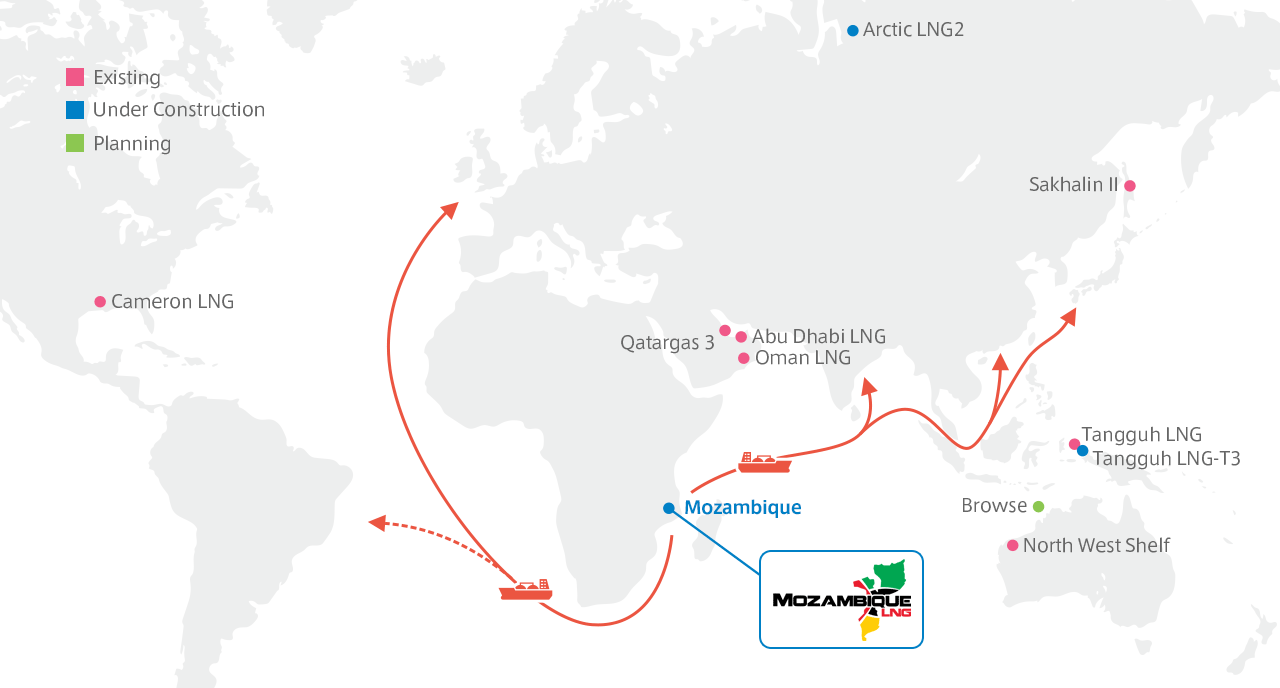
Tangible and intangible challenges
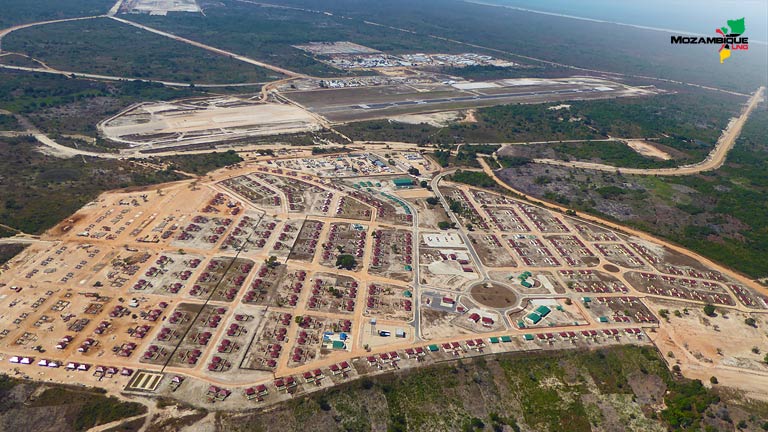
After exploration comes commercialization. With an LNG project, commercialization is a four-step process, the first of which involves establishing a robust legal framework. Teaming up with foreign companies on a resource project of the huge scale of the Mozambique LNG Project was a novelty for Mozambique, so new laws needed to be drafted to minimize foreseeable risks and guarantee a level of stability (and ultimately a stable supply of gas) over the decades of development and operation. Mitsui and the Mozambican government worked shoulder to shoulder for several years to achieve this.
The second step consists of preparatory work for the construction and operation of the project. Since Mozambique is a developing country with little domestic demand, the mature-economy option of piping gas direct to market was not feasible. Instead, the gas from the Mozambique LNG Project would need to be cooled, liquefied and exported by ship as LNG. Building a liquefaction plant is an expensive process, with the remoteness of the site (2,000 kilometers from the capital) and a lack of existing infrastructure only adding to the difficulties. Here careful planning and the use of experienced contractors plays a key role.
Step three involves the securing of the long-term LNG marketing contracts to provide all-important visibility and stability to the project. Then it’s time for the fourth and final step in the commercialization process: project finance. The technical requirements and estimated costs of the project are worked out through Front End Engineering Design (FEED). The necessary funds are then raised from official export credit agencies. The Mozambique LNG Project consortium raised over $14 billion in total from financial institutions in eight countries and regions including Japan, the US, the UK, the Netherlands, Italy and South Africa. In project-finance terms, this was a deal at the highest level.
Moving toward production
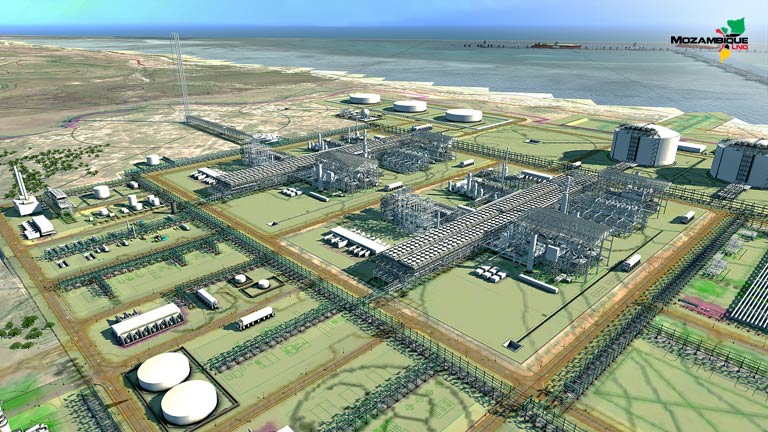
Completing those four steps took eight years. Thanks to our previous experience with LNG projects, our commitment and our close collaboration with the project partners, Mozambican government and other stakeholders, we managed to work our way through all the challenges that came up.
With the FID completed in June 2019, the construction and engineering phase is now getting under way. Long-lead items, such as the cryogenic heat exchangers—gigantic vertical tubes in which gas is cooled by heat exchange with a refrigerant—are on order. The ground is being cleared at the LNG facility site, an aerodrome and houses built for the construction workers, and the road widened for heavy haul trucks.
The subsea system (18 wells and a 40km pipeline) to extract the gas and bring it ashore from the block’s first field, Golfinho/Atum, should be ready before the completion of the liquefaction facilities. Meanwhile, production is scheduled to start in 2024. The annual capacity of 12 million metric tons will be equal to roughly one-sixth of Japan’s total annual demand.
Working for the prosperity of Mozambique
The Mozambique LNG Project promises to be transformative for Mitsui, as the company increases its equity share of production capacity to over 10 million tons per year in the coming years. But the project should also be transformative for the host country. Despite macroeconomic reforms having quadrupled GDP between 1993 and 2017, Mozambique still has plenty of potential to develop, with overall GDP of $14.5 billion and per-capita GDP of US$500. The potential positive impact of the Mozambique LNG Project and its projected annual revenues —a figure equivalent to a decent percentage of the country’s GDP—cannot be overstated.
The economic benefits are only the start. Starting with new infrastructure, the positive social impacts will resonate broadly. Close to the area where the LNG processing plant, a new community is already taking shape with a hospital, schools and a police station. The plant will require the education of technicians and other local staff.
Through the Mozambique LNG Project, Mitsui can help the economy of Mozambique grow in a stable and sustainable way, at the same time as providing the world with a stable and sustainable supply of energy. This is a twofold mission that Mitsui is proud to take on.
Posted in December 2020

